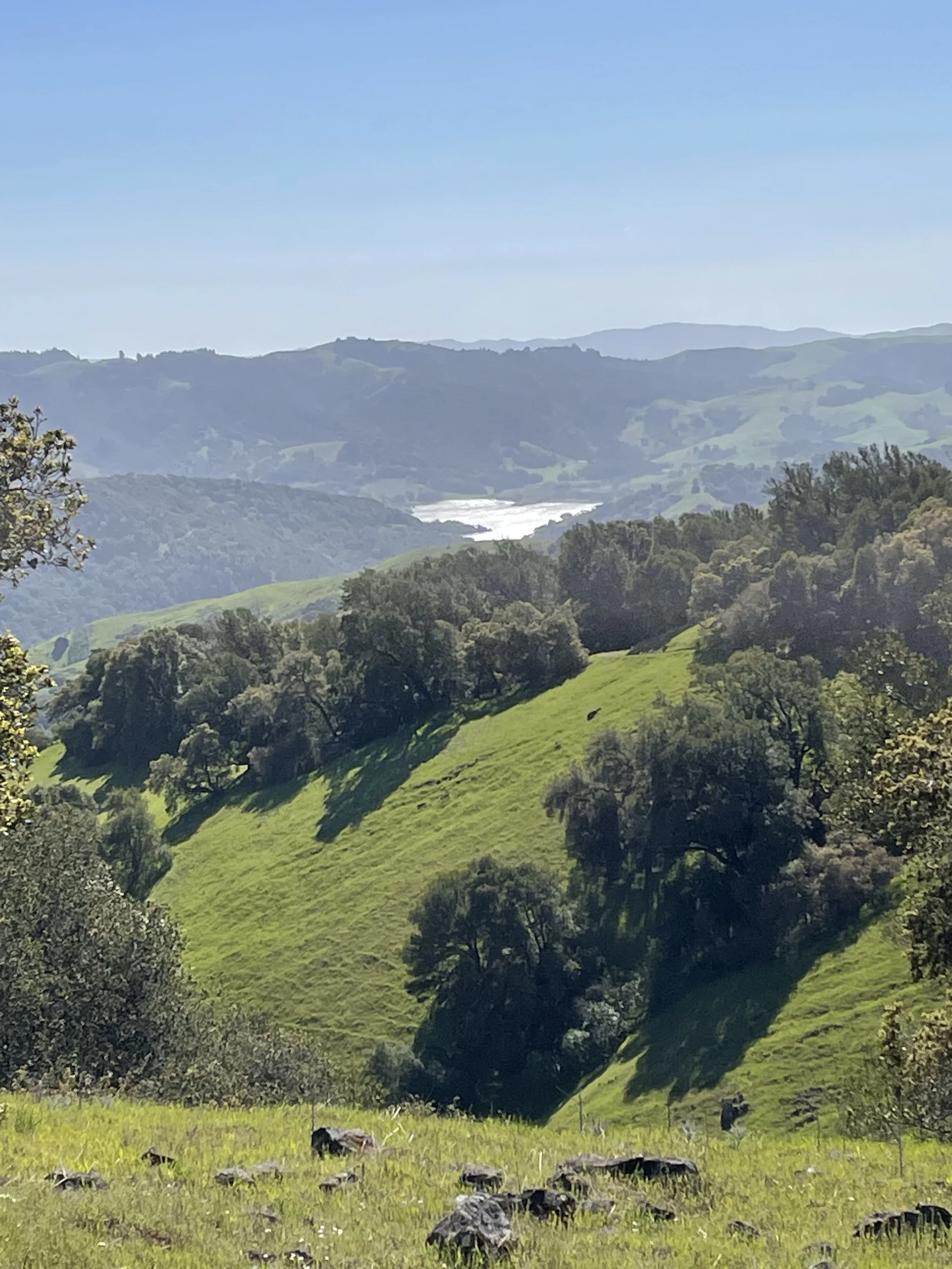
Precalculus Tutoring
Marin Co. (415) 328-4925
Mt Budell, Novato, CA
~ David Porter gives students the leverage they need to succeed.~
Precalculus
Precalculus is mostly an extension and deepening of the concepts developed in Algebra II. Trigonometry comprises a major component of the course. Trig was first introduced in Geometry, developed in Algebra II, and in Precalculus it is explored thoroughly. The Precalculus student will learn to express angle measures in degrees and another important measure, called radians. Trigonometric values for standard angle measures around the circle will be expected to be learned to the same degree of automaticity as the multiplication tables were in the fourth grade. Work with triangles is extended to non-right triangles using the Laws of Cosine and Sine. The Precalculus student will learn about polar coordinates and how to convert between them and rectangular coordinates. S/he will graph trigonometric functions in both rectangular and polar coordinates.
Vectors are introduced for the first time in Precalculus. Sequences of numbers and their sums (called series) comprise an important unit. The Precalculus student learns when a sum of infinite numbers can have a finite sum. Towards the end of the year, many Precalculus classes introduce the foundational concepts of calculus.
“The tutoring sessions with David Porter improved my understanding of both Precalculus and calculus because David was able to explain lessons differently and more in depth than my teachers were able to in the classroom. Having a lesson explained a second time greatly helped me.”
“With the Precalculus concepts that were difficult for me David Porter was very patient and could explain them in multiple ways until I understood.”